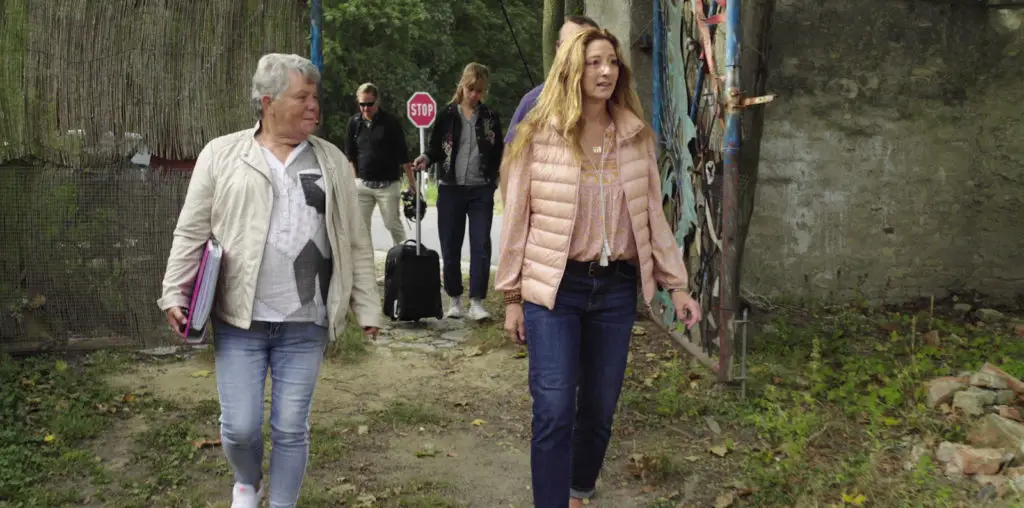
Socks are versatile articles of clothing. You can wear them like mittens, modify them into projectile weapons, and with creativity and ingenuity, turn them into art. If you’re screenwriter-producer Lynn Lamousin and co-directors Eddy Von Mueller and Evan Lieberman, you make “The Lady from Sockholm,” the world’s first full-length sock puppet feature film. Furthermore, with a sense of humor, you thread the dialogue with a bazillion puns. I could summarize the story myself, but I don’t want to deprive you of the best plot synopsis ever. Therefore, I will impart it to you in its entirety:
Wool War II rages and times are tough for sock puppets. Terrence M. Cotton, a washed-up gumshoe, finds himself knee-high in debt and praying for a big case. Enter Heelda Brum, a finely spun piece of high-end hosiery who hires Cotton to find Darnell, her missing mate. Cotton takes the missing sock case but the heat gets turned on high when Darnell’s unraveled remains are discovered. At the top of Cotton’s suspect list is the cheaply woven criminal Big Toeny Marnetti. When interrogated, Big Toeny states that Heelda and Darnell aren’t the designer duds Cotton thinks they are, and he tells Cotton the pair has tightly knit ties to an Asian underground silk ring. The news needles Cotton, so he goes looking for answers at The House of Bootah, a restaurant with its toes in every illegal operation in Chinatown. At the House of Bootah he questions the leader of the smuggling ring, but instead of getting closer to finding who put the pinking shears to Darnell, Cotton discovers that Heelda’s lies may have stained the investigation. When confronted, Heelda won’t come clean; but Cotton is undeterred and sticks to the investigation like static cling. But can a clean sock find justice in a dirty town? As Cotton threads the strands of the case together and gets closer to the truth, he must watch his step or risk meeting the same frayed fate as Darnell (courtesy of http://www.sockholm.com).
Though the film doesn’t take place in Los Angeles and it isn’t raining all the time, “The Lady of Sockholm” brims with visual and narrative cues from film noir. With the exception of Cotton’s faithful assistant Archie and loud-spoken secretary Tootsie, the characters are as flawed as the archetypical film noir anti-hero that begins fallen and eventually rises. The film is in color and works very well in contributing to the emotional atmosphere. For instance, as Cotton finds himself closer and closer to the truth, the film grows darker and screen space more claustrophobic. The suspense that is created as the plot unfolds is as tense as any film featuring human actors. It’s amazing how profoundly these sock puppets take the concept of talking with one’s hands to a new level. Manipulations of hand, fist, and finger orientation enable the puppeteers to anthropomorphize the socks. Once the viewer learns how to read certain expressions, a gleam across a sock’s button-eyes goes from a blank stare to a euphoric glare. The combination of inanimate objects made animate by human hands and voices results in “acting” that would surpass that from an all human cast. There’s also a cuteness about the puppets that makes them perfectly suited for delivering all the puns, the best of which is that a sock is looking for a missing sock. More adorable than Lambchop and friends and a delight to watch, the puppets in “The Lady of Sockholm” will leave you itching for a sequel.

